A photographer created a series of beautiful pictures that show the flight path of different birds by taking hundreds of photos and stacking them into one image.
Raghuvamsh Chavali studied the birds near his home in Ontario, Canada, photographing them and then laboring in the editing suite for hours to complete the images.
“The true allure of this technique lies in its capacity to unveil the distinct flight patterns of each bird,” Chavali tells PetaPixel.
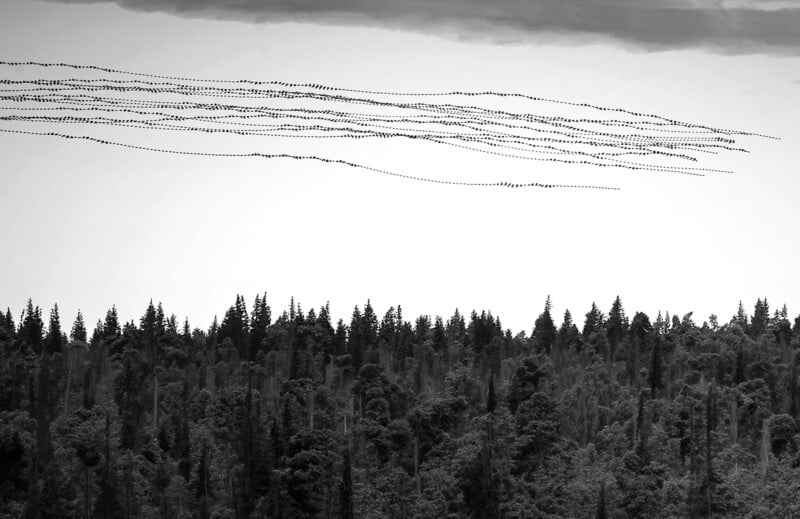
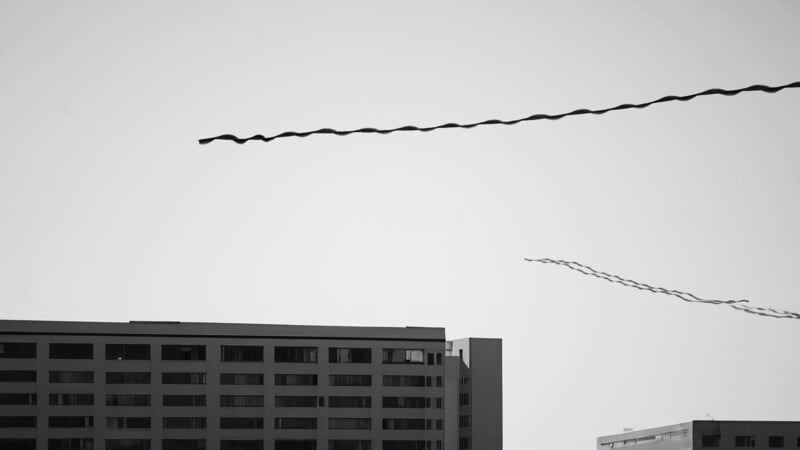
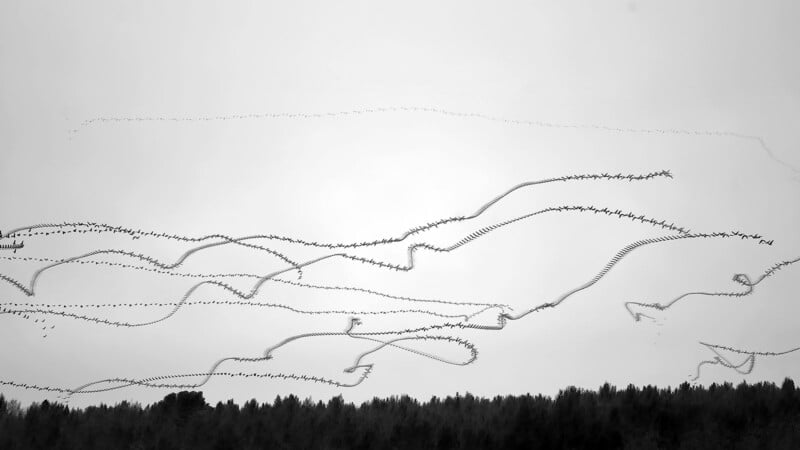
Chavali calls this technique “interlacing frames.” He explains that it involves capturing “several seconds of a bird’s flight as individual frames and subsequently merging them into a unified and coherent image.”
“Through the alignment and seamless blending of these frames, a visual narrative of the bird’s flight is woven, emphasizing its grace, agility, and the distinctive patterns that emerge as it traverses the skies,” he adds.
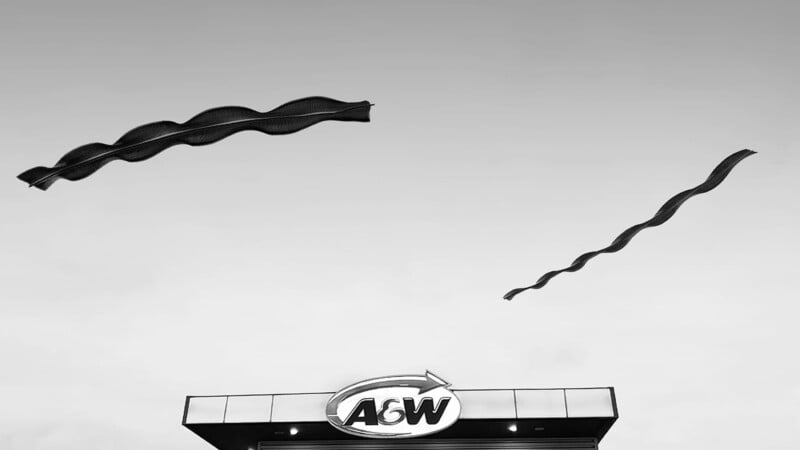
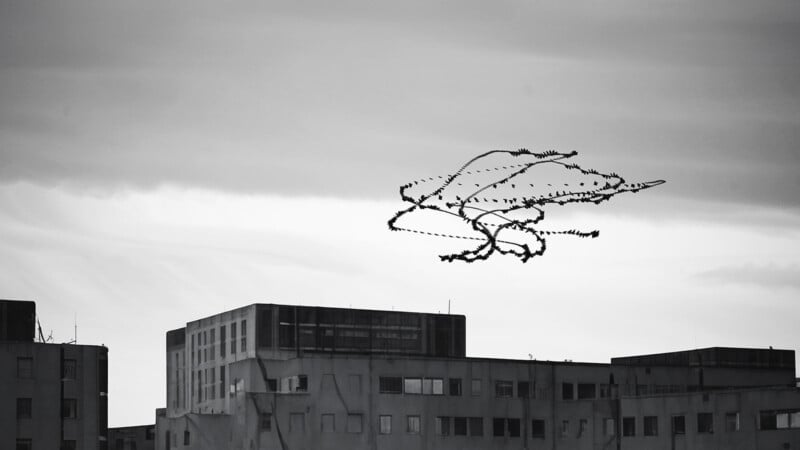
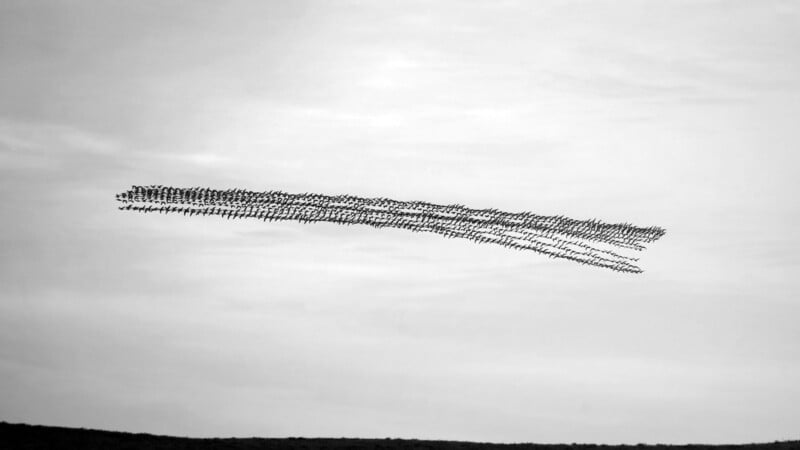

Each bird has a different flight path, Chavali describes a Canadian goose’s flight path as a “dragon in horizontal flight” and that of a turkey vulture’s akin to a circling UFO.
“The diversity is endless, offering an enthralling spectacle of the avian world,” says the photographer.
“This technique allows us to appreciate the nuances of flight, emphasizing how wing movements, flight path choices, and environmental factors all contribute to shaping individual flight patterns.
“In the weave of interlaced frames, we find a visual record of each bird’s unique journey.”
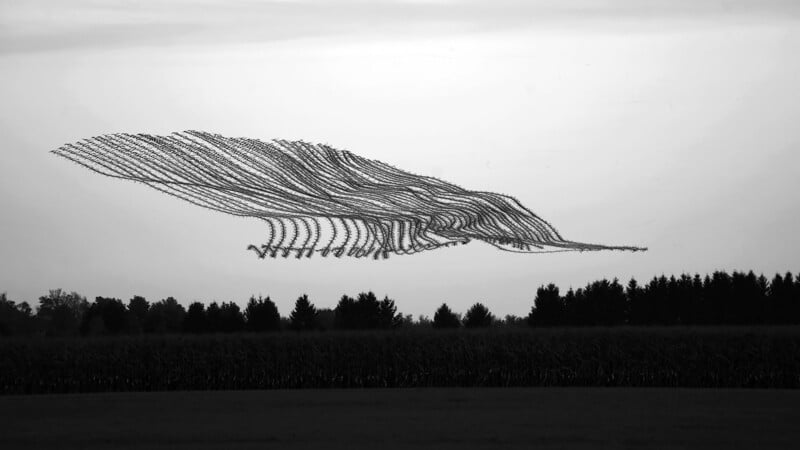
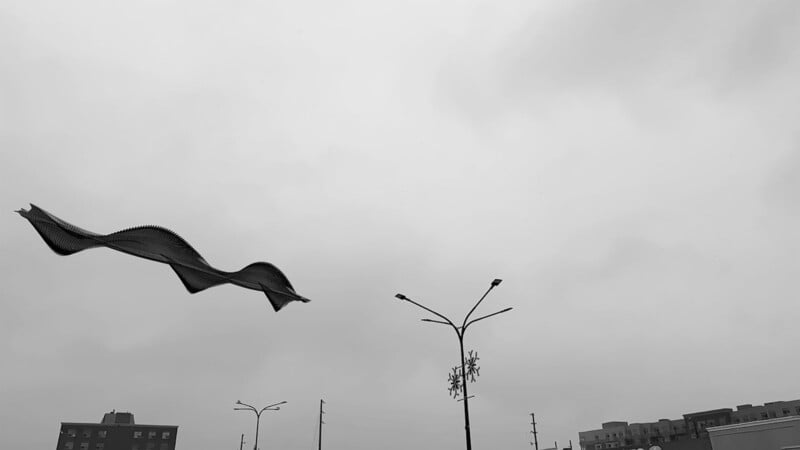
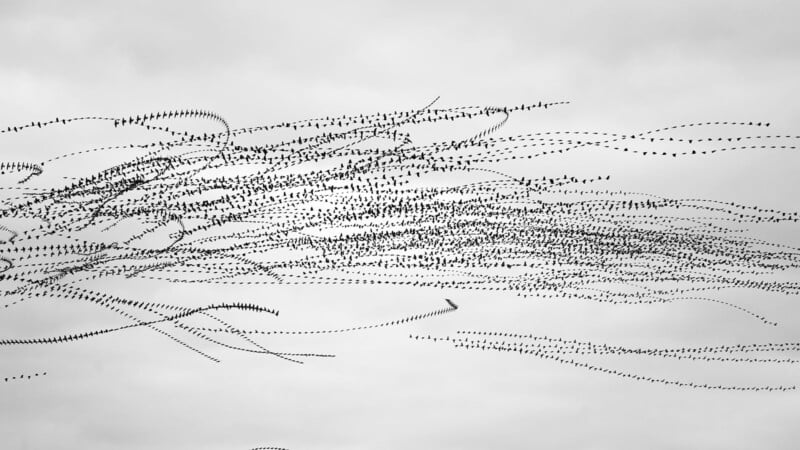
Chavali used a Sony a7 III to capture the black and white project on a Sony FE 200-600mm f/5.6-6.3 G OSS lens.
The project required months of observing the birds with Chavali shooting for about two weeks. Each image requires five to six hours of editing time in Lightroom and Photoshop with every picture containing “400 to 500” frames.
“By highlighting the intricacies and individuality of bird flight, this technique broadens the horizons for bird enthusiasts, photographers, and scientists to better appreciate and study the captivating world of avian motion,” says Chavali.
“It serves as a reminder of the concealed beauty that graces our skies, waiting to be unveiled frame by frame, or rather, interwoven frame by frame.”
![]()
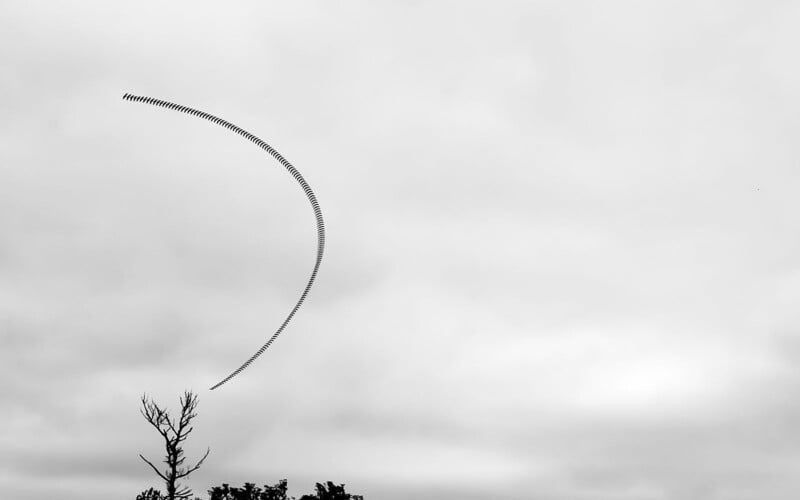
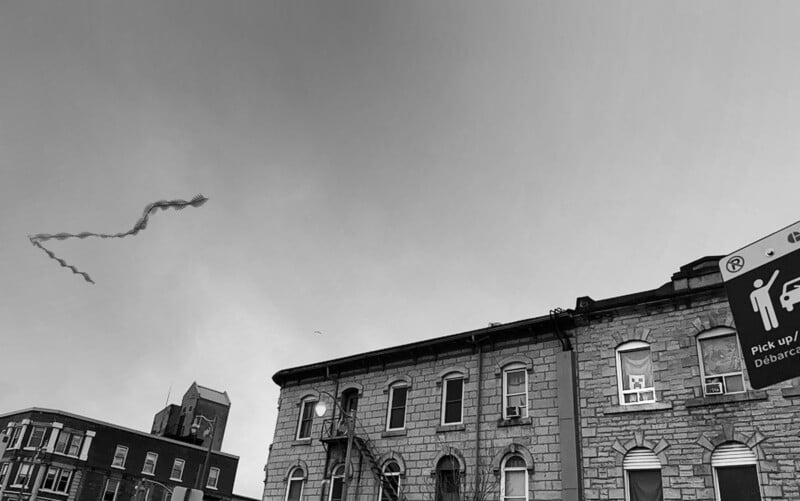
More of Chavali’s work can be found on his Instagram, website, and Facebook.
Image credits: Photographs by Raghuvamsh Chavali
